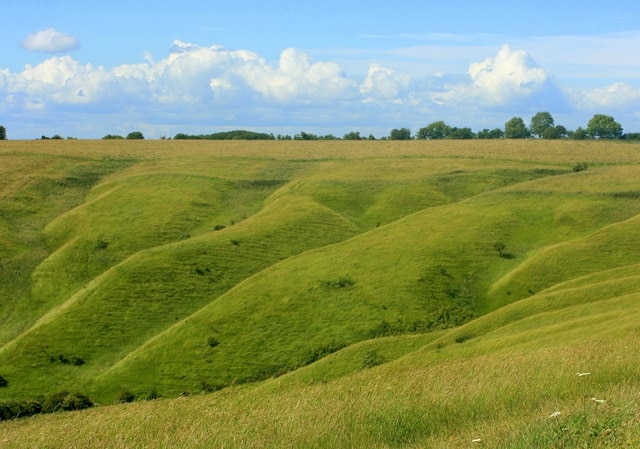Photo by Andy Hicks
Find 1 Star Hotels in Calne from SAR 264
Change your mind
Book hotels with free cancellation
Be picky
Search almost a million properties worldwide
Check availability on Calne 1 Star Hotels
Compare Calne 1 Star Hotels with updated room rates, reviews, and availability. Most hotels are fully refundable.
Explore similar 2-star hotels
Many 2-star hotels have the same amenities as 1-star hotels. See all 2-star hotels in Calne.

The Angel Hotel
47 High Street, Swindon, England
8.4/10 Very Good! (370 reviews)
Still don't see what you're looking for?
See all properties in Calne.
You can also use these popular filters to refine your search.
Lowest nightly price found within the past 24 hours based on a 1 night stay for 2 adults. Prices and availability subject to change. Additional terms may apply.
Learn more about Calne
Trip time! Discover the bars, gardens, and spas in secluded Calne.

Top Calne Hotel Reviews
Explore a world of travel with Expedia
Explore a world of travel with Expedia
Calne Hotels by Star Rating
Stay near popular Calne attractions
More Hotel Options in Calne
- Adventure Hotels in Calne
- Business Hotels in Calne
- Cheap Hotels in Calne
- Family Hotels in Calne
- Golf Hotels in Calne
- Historic Hotels in Calne
- Hotel Wedding Venues in Calne
- Hotels with Bars in Calne
- Hotels with Free Parking in Calne
- Hotels with Hot Tubs in Calne
- Hotels with WiFi in Calne
- Hotels with a Pool in Calne
- Hotels with an Indoor Pool in Calne
- Luxury Hotels in Calne
- Pet-friendly Hotels in Calne
- Resorts & Hotels with Spas in Calne
- Romantic Hotels in Calne
More Accommodation Types in Calne
Explore more hotels
- Holiday Inn Express Bath by IHG
- Abbey Hotel Bath, A Tribute Portfolio Hotel
- Village Hotel Swindon
- Delta Hotels by Marriott Swindon
- Francis Hotel Bath
- Bailbrook House
- Holiday Inn Express Swindon City Centre by IHG
- The Old Mill Hotel
- Best Western Limpley Stoke Hotel
- The Bath Priory Hotel and Spa
- Kings Head Hotel
- Leigh Park Country House Hotel & Vineyard, BW Signature Collection
- Leonardo Hotel Swindon
- The Ayrlington
- The Royal Crescent Hotel & Spa
- OYO Bailbrook Lodge, Bath
- Henrietta House, a member of Radisson Individuals
- Lansdown Grove
- The Riverside Inn
- The Lakes By YOO


